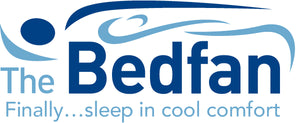Let us be real. The Masks people are using are NOT WORKING.
A recent study measured Filter efficiency across a wide range of small particle sizes (0.02 to 1 µm) at 33 and 99 L/min. All the cloth masks* and materials had near zero efficiency at 0.3 µm, a particle size that easily penetrates into the lungs.
OUR APPROVED KN95 MASKS HAVE TESTED AT ALMOST 98% EFFICIENT FOR .3 MICRON
(K)N95 respirators (Like Ours) had efficiencies greater than 95% (as expected).
Another study evaluated 44 masks, respirators, and other materials with similar methods and small aerosols (0.08 and 0.22 µm).
Filtering face-piece respirators (FFR), which are sometimes called disposable respirators, are subject to various regulatory standards around the world. These standards specify certain required physical properties and performance characteristics in order for respirators to claim compliance with the particular standard. During pandemic or emergency situations, health authorities often reference these standards when making respirator recommendations, stating, for example, that certain populations should use an “N95, FFP2, or equivalent” respirator.
We are proud to offer for your consideration the following masks certified as COVID protection products. These masks are compliant under both of the following certifications.
- FFP2 (Europe EN 149-2001)
- KN95 (China GB2626-2006)
As shown in the following summary table, respirators certified as meeting these standards can be expected to function very similarly to one another, based on the performance requirements stated in the standards and confirmed during conformity testing. One notable comparison point is the flow rates specified by these standards for the inhalation and exhalation resistance tests. Inhalation resistance testing flow rates range from 40 to 160L/min. Exhalation resistance testing flow rates range from 30 to 95 L/min. This chart shows a representative filter pressure drop curve. If one filter is tested at a high flow rate, the pressure drop performance will be relatively high. If that same filter is tested at a low flow rate, the pressure drop performance will be relatively low. (3m.com)








